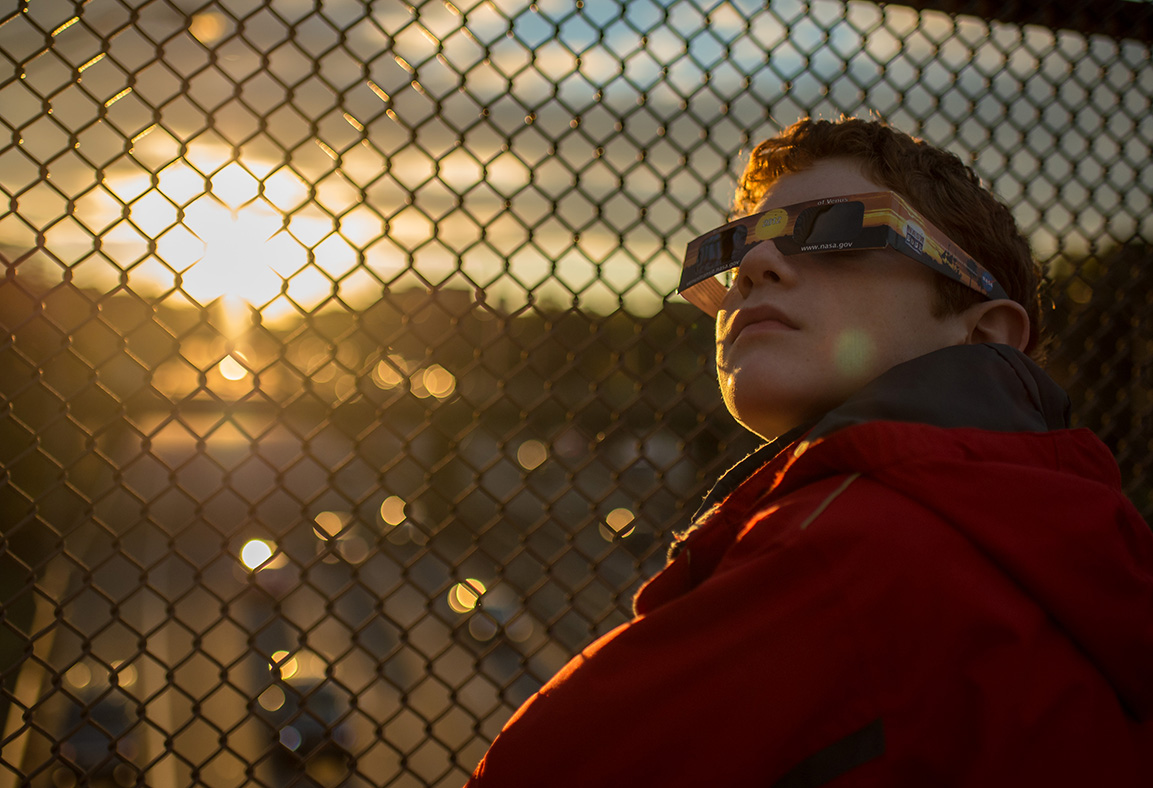After Celebrating the 2017 Solar Eclipse, NASA Looks to 'Spectacular' Sequel in 2024

On Aug. 21, 2017, 154 million Americans walked outside to watch the moon slide in front of the sun — and NASA hopes all those people and more will mark their calendars for April 8, 2024, when another total solar eclipse will cross from Mexico to Maine.
NASA celebrated the anniversary of the Great American Solar Eclipse of 2017 with a livestreamed science chat that highlighted the successes of last year's science and outreach programs and reminded eager eclipse chasers of what the sky promises for the next decade.
But neither the huge haul of scientific observations nor the stampede of Americans outside that day came out of nowhere. "NASA started planning for this eclipse about three years before it actually happened," Jim Green, head of NASA's Planetary Science division, said during the event. [Great American Solar Eclipse of 2017: Your Amazing Memories]
And although Green and his fellow NASA staffers didn't make any promises for 2024, it's clear the agency means to build on its success with the 2017 eclipse. The celestial geometry will also be cooperating by the time 2024 rolls around. That means that during the 2024 eclipse, totality will last longer, about 3.5 to 4 minutes total, and the totality band will be wider than it was in 2017, according to NASA solar scientist Alex Young. "This is going to be a spectacular year," he said.
But if you don't want to wait until 2024, there are several other eclipses on offer. If you're on the hunt for totality, book your tickets to Chile and Argentina, which will experience eclipses on July 2, 2019, and Dec. 14, 2020. [Solar Eclipse Guide for 2019 and Beyond! ]
To stay in North America, mark your calendar for Oct. 14, 2023, when an annular eclipse will cross from Oregon to Texas before continuing into Central and South America. An annular eclipse doesn't include totality and the corona never becomes visible because the moon is too far away to completely blot out the sun. Instead, it leaves a "ring of fire" — so be sure to wear protective eyeglasses the entire time.
And if you still have those eclipse glasses you found for last year's extravaganza in perfect condition, you can turn any day into a trip down memory lane by taking a glance at what our sun is up to. "These are not just eclipse glasses, these are solar-viewing glasses," Young said. "You don't need an eclipse, all you need is the sun, and it's out there every day."
Get the Space.com Newsletter
Breaking space news, the latest updates on rocket launches, skywatching events and more!
Email Meghan Bartels at mbartels@space.com or follow her @meghanbartels. Follow us @Spacedotcom, Facebook and Google+. Original article on Space.com.
Join our Space Forums to keep talking space on the latest missions, night sky and more! And if you have a news tip, correction or comment, let us know at: community@space.com.

Meghan is a senior writer at Space.com and has more than five years' experience as a science journalist based in New York City. She joined Space.com in July 2018, with previous writing published in outlets including Newsweek and Audubon. Meghan earned an MA in science journalism from New York University and a BA in classics from Georgetown University, and in her free time she enjoys reading and visiting museums. Follow her on Twitter at @meghanbartels.









